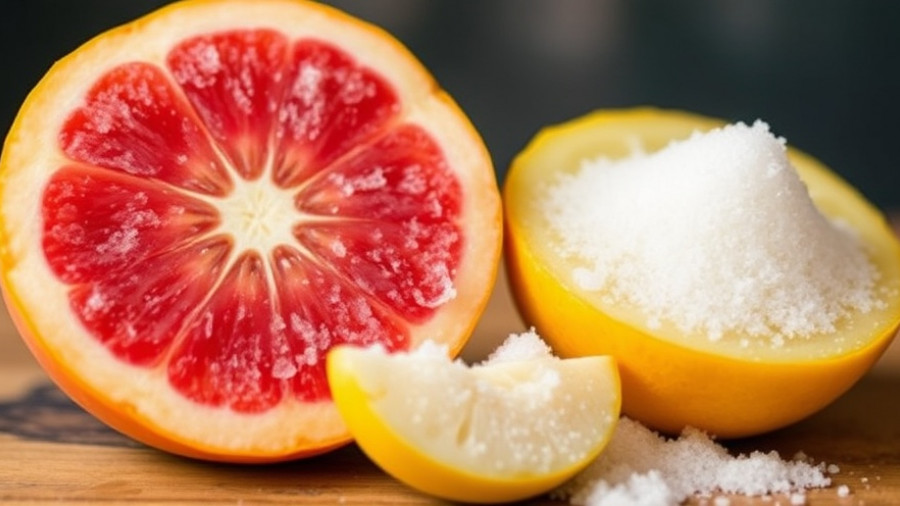
Understanding Sugar: The Sweet Truth About Fruit
In today's world, where health misinformation is rampant, many people find themselves asking: "Do I really need to worry about sugar if it’s from fruit?" The reality is that natural sugars found in whole fruits behave quite differently in our bodies compared to added sugars that lurk in processed foods. The distinction is crucial, especially as we strive for healthier diets.
Natural vs. Added Sugars: What You Need to Know
Added sugars—found in sugary drinks, syrups, and candies—are what public health guidelines recommend limiting. These sugars rapidly spike blood sugar levels and offer little to no nutritional benefit. In contrast, the sugars found in fruits come packaged with essential nutrients like vitamins, minerals, and fiber, which slow down sugar absorption and promote satiety.
The Impact of Whole Fruits on Health
Research supports that higher intake of whole fruits is linked to a lower risk of developing type 2 diabetes, while consumption of fruit juices has the opposite effect. This is because the fiber in whole fruits mitigates blood sugar spikes, enhancing overall health. As the American Heart Association suggests, maintaining a balanced diet low in added sugars is more beneficial than worrying about the natural sugars found in fruits.
How Much Fruit Should You Eat?
Most adults are encouraged to consume about 1½ to 2½ cups of fruit daily. This intake efficiently contributes to better health without fearing the natural sugars within. It's crucial to note that dried fruits count less, and juices should be limited due to their lack of fiber.
Smart Choices for a Sweet Life
While it's vital to enjoy fruits, one should also be mindful. Opt for whole fruits over juices and minimize the intake of dried fruits to maintain a balanced diet. Remember, whole fruits and vegetables will keep you full longer and provide long-term energy without rapid blood sugar fluctuations.
As Brookell White, a dietitian from MyFitnessPal puts it, "When people ask me if they should cut out fruit, my answer is usually no. Most people, about 80 percent, don’t get enough fruit, which leaves a lot to gain by increasing your fruit intake." Focusing on this natural sweetness can provide nutritional benefits and satisfy your cravings without the negative impacts of processed sugars.
 Add Row
Add Row  Add
Add 




Write A Comment